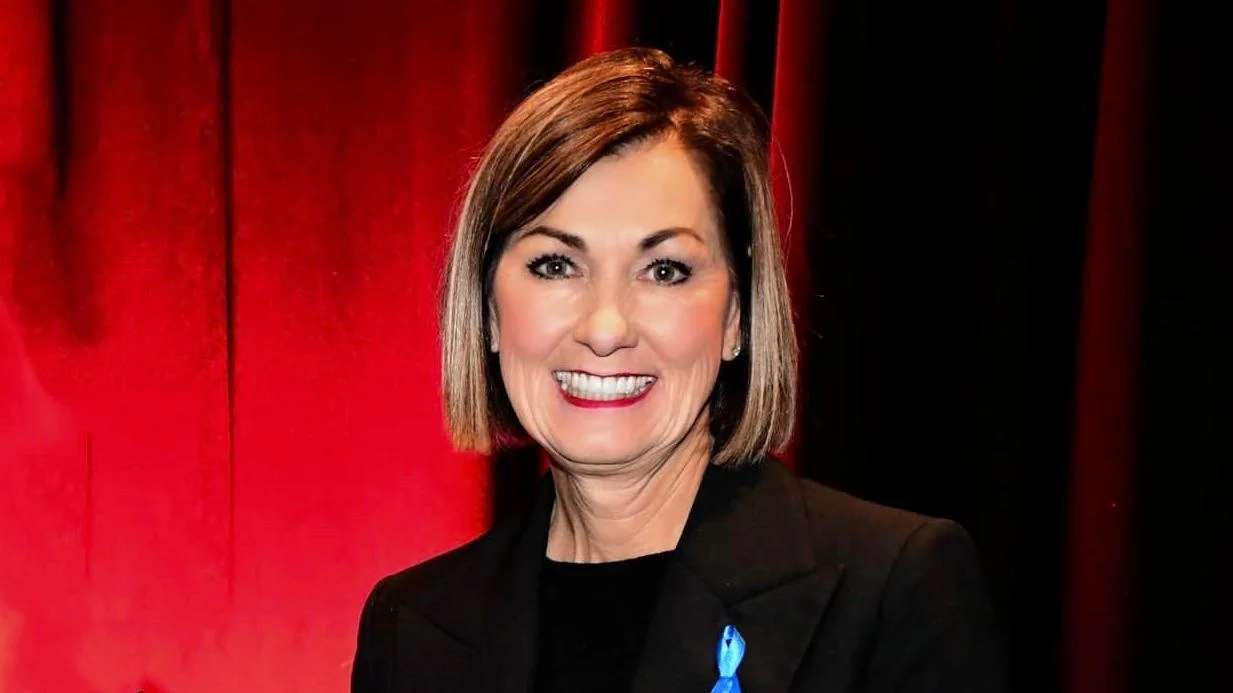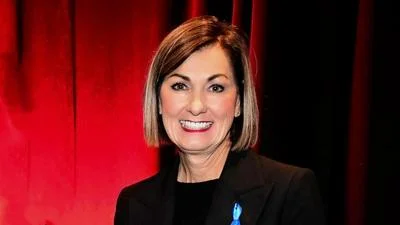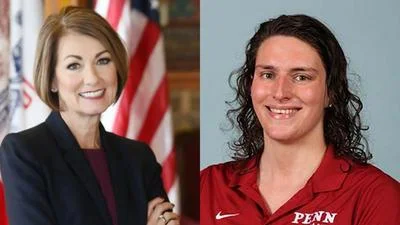Kim Reynolds, Governor of Iowa | www.facebook.com
Kim Reynolds, Governor of Iowa | www.facebook.com
Iowa Lt. Governor Chris Cournoyer presented the Iowa United First Aid initiative at the National Rural Economic Development Association (NREDA) Annual Conference in Nashville on November 6, 2025. The program aims to improve emergency response times in rural areas by training community volunteers to provide immediate aid before emergency medical services (EMS) arrive.
The initiative is being piloted in Cass, Van Buren, and Calhoun Counties. These counties were selected to represent different types of rural communities in Iowa and are providing information that will help guide future expansion across the state. Volunteers in these areas receive training and equipment to deliver lifesaving assistance during emergencies while waiting for EMS professionals.
Panelists at the conference included Sacha Wise, Director of the Governor’s Empower Rural Iowa Initiative; James B. Hoelscher from the Institute for Decision Making; Shalimar Mazetis, Rural Economic Development Manager at Advance Southwest Iowa Corp; and Theresa Hildreth, Executive Director of Calhoun County Economic Development and local pilot leader.
Rural EMS response times can reach 28–30 minutes, compared to an average of eight minutes in urban settings. In Iowa, 77 out of 99 counties are classified as rural, with many EMS agencies relying on volunteers. The United First Aid program is designed to address this gap by equipping local residents with tools and training needed for critical first response.
Lt. Governor Cournoyer stated: “Rural communities deserve the same access to rapid emergency care as any other community. Iowa United First Aid trains and equips neighbors to help neighbors—saving lives while EMS teams are en route.”
The pilot program provides each county with $50,000 in state grants, ten “Go Bags” containing automated external defibrillators (AEDs), Stop the Bleed kits, tourniquets, and other first aid supplies. It also offers support for volunteer coordination and technology integration for dispatching responders.
Local leaders stressed the need for statewide standards in dispatch technology and reporting systems, ongoing volunteer recruitment efforts, shared training resources, communication tools, and consistent operating procedures.
Theresa Hildreth said: “The pilot counties are demonstrating what is possible when communities mobilize around care and readiness. This model recognizes the strength of rural people and puts life-saving tools directly into their hands.”
The presentation attracted interest from development professionals and policy leaders nationwide who are considering similar models for their own regions.
The NREDA connects rural development professionals across the country to promote collaboration and leadership focused on strengthening rural communities.





 Alerts Sign-up
Alerts Sign-up